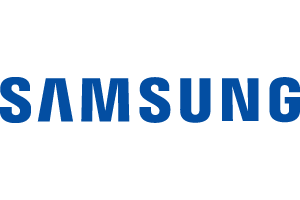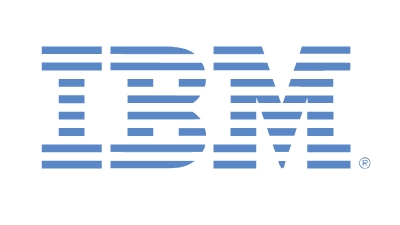How To Stay Flexible And Avoid The Innovation Trap
Submitted by Matt Brown on

Go to any channel-focused conference, and you'll notice that "innovation" is much more than just a buzzword. It's an infatuation, an aspiration.
Motivational speakers hold business leaders enraptured when they talk about growing or improving businesses, and step one is "innovate," or "change the world."
Certainly there's a lot to be said for the swashbuckling "fail-quickly-and-fail-often" mindset, but a recent article in the Harvard Business Review warns that this tack, as well as strategies that take too long to develop and implement both fail to remain flexible. And flexibility may be the most valuable trait a truly innovative business can have.
In a shortsighted drive to innovate immediately, companies can innovate their way right into bankruptcy. "Unsuccessful experiments are demoralizing and costly, draining an organization of critical resources, and they can hasten a company’s decline," HBR explains. "They set up a form of downward spiral, in which failure exacerbates performance weakness, leading to greater desperation for innovations, whose failure further worsens the situation."
The authors cite a study that found "a significant percentage of companies spiraling toward bankruptcy were characterized by extreme vacillations in strategy, suggesting that they were trying to innovate their way out of decline and were being driven toward increasingly risky experiments."
There's an important difference between innovation and experimentation, and it seems to get lost in the hype surrounding the cult of the genius innovator. Sure, that genius may innovate via a bolt-from-the-blue, but workaday innovation comes incrementally, from tinkerers, from folks who do the same thing the same way every day, recognize where and how small changes can be made and maintain the flexibility to make those changes without upending the business.






